|
We are lucky to have the charismatic Wekas pay regular visits here at Ohiwa Seascape Studios. The Weka is a large flightless Rail and is endemic ie natural breeding range is here in NZ and nowhere else. They're not to be confused with Kiwis.
They have a fairly robust stronghold here in the Waiotahe area. They are omnivores, and scavengers and predators. They can be cheeky at times with humans, searching for food, though here at Ohiwa Seascape Studios, they are rather shy of the cats but try to help themselves to food from the chicken house. Main threats are starvation during droughts and predation by mustelids, especially ferrets. Hopefully they are safe from ferrets in this area as we have an extensive trapping program running. Breeding season is late Winter to mid Summer which will explain why we saw a family here recently - Parents with three chicks. A typical clutch size is 1-3 chicks. The burrow is a deep woven cup usually with dry vegetation such as Pampas. They're often seen dashing in and out of the ladder fern here. They can often be heard calling at dawn and also in the half hour after sunset. Pairs will duet each other. They also make booming calls and soft clucking contact calls. I enjoy hearing the early evening bedtime duets.
0 Comments
Every year, around early January two local community groups (Bryans Beach Area Community Group and Waiotahe Care Group) get together to clean up the Waiotahe Estuary. There are several care groups working together in the naturally rich Ohiwa headland to create conditions for a diversity of shorebirds to flourish again. Activites range from pest control, replanting with natives, and monitoring shorebird populations over summer.
Ohiwa Seascape Studios overlooks the Pacific Ocean on one corner, and the Waiotahe Estuary on the other. This year there seemed to be a decline in rubbish collected, though a collapsed maimai (duck shooter shelter) was dismantled and contributed a fair bit to the collection. Waiotahe Spit and Estuary is one of the natural gems of the Opotiki coastline. It retains a rare combination of features: a sand spit, an estuary, river mouth flats, adjacent low hills, a pa site, an urupa, pohutukawa forest, several rare birds (New Zealand dotterels, banded rails, and fernbirds), important shellfish beds, mangroves, culturally valuable plants (pingao) and a fish breeding zone (whitebait and others). The spit is mainly vegetated in bracken-grassland following clearance of the original forest. There are however, clumps of Pohutukawa trees at its base and at the pa and urupa at the outer, or eastern, end of the spit. Spinifex with some pingao occupies the foredune strip to seaward. The dotterels, and oystercatchers and stilts, breed at the tip of the spit. These dotterels are monitored by DOC and local volunteers. Rabbits, stoats, cats, rats, weasels, hedgehogs and possums are resident, though there are extensive traps throughout the area monitored by locals (including myself). The estuarine mudflats are habitat for wading birds, several fish species and numerous invertebrates, including shellfish. Whitebait spawn in the seawater/freshwater wedge where the river and streams enter the estuary. Where the Waiotahe River enters are two small mangroves, the only remnants of the former mangrove forests of the estuary. These, and the population at the Waiaua Estuary are at the southeastern extreme of the range of mangroves in New Zealand. Waiotahe Spit was historically very highly valued as a food source for both fish and shellfish. This abundance of food led to the area often being contested for ownership and control by hapu of the Whakatohea, the Upokorehe and the Ngatiparu people against Tuhoe. Whakatohea were the inhabitants of the adjacent pa, but there were times when they were dislocated by Tuhoe and then Tuhoe would have control and occupation. The area is a meeting point on the Whakatohea and Tuhoe traditional boundaries. We are currently involved with the development of an Arboretum for Rare and Endangered plants from the Eastern Bay of Plenty, in the Ohiwa Reserve, with stunning views overlooking Ohiwa Harbour. Plants included in the Arboretum are: Kaka Beak (Clianthus maximus, kowhai-ngutakaka) Woody legume shrub with red flowers that resemble the beak of the native Kaka (Parrot). This shrub was one of the first (if not the first) plant to be grown in Great Britain having been collected by Banks and Solander, botanists on the 1769 Captain Cook expedition. The flowers are popular with native birds but also rabbits and slugs. Endangered status Giant Flowered Broom (Carmichaelia williamsii) Only two sites remain in the Whitianga Bay area. Has pea-like flowers from July to December Status vulnerable Thick leaved tree daisy (Olearia pachyphylla) Only found on some headlands in Opape (near Opotiki). Nationally critical Kumarahou (Pomaderris kumeraho) The common name golden Tainui comes from when clusters of bright yellow flowers appear in Spring. It also has the name of Gumdiggers soap when the gum diggers used to rub the yellow flowers together to make a lather when soap was unavailable. There are two main sites near the Ohiwa oyster farm but Ohiwa care groups are planting more. Vulnerable status Shore spurge (Euphorbia glauca, waiu-atua) Grows on coastal cliffs, banks, slopes and sand dunes. It has been extensively planted in the Eastern Bay of Plenty through Coast Care programme. Vulnerable status Pimelea tomentosa Endemic to New Zealand, found in North Island and South Island (Northern). This tree is limited to coastal areas in the North Island. Vulnerable status Sand Daphne (Pimelea villosa, Taraheke) In the wild, this plant is endangered. A low growing shrub of coastal sand dunes with spreading branches and erect branchlets. Declining status Beach Spinach (Tetragonia implexicoma) Found on sand dunes and gravel beaches. Can be eaten as a vegetable. Common status Native puha (Sonchus kirkii) Limited distribution in the wild. Found in open coastal situations. Declining status Bay of Plenty Kanuka (Kunzea toelkenii) Only found in Thornton and on two islands on Ohiwa Harbour. Nationally critical status Native Hibiscus (Hibiscus diversifolius) This plant occurs in coastal sites where there is no frost. The beautiful yellow flower only lasts one day. Nationally critical Tawapou (Planchonella costata) A few trees are found in Tolaga Bay area but many are found on off shore islands. At risk status Carex testacea
A native grass found on Whangakapikopiko which has been propagated by Meg Collins 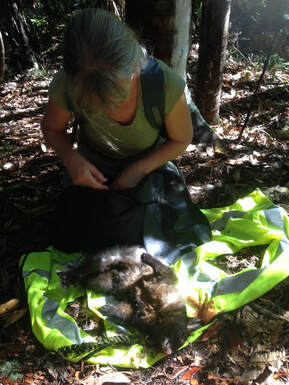 Plucking the possum fur. Plucking the possum fur. As well the regular work we do with local care groups, we are also undertaking pest control in the quieter season here at Ohiwa. This involves getting a “block” (of land) from DOC and trapping possums. It can be hard work navigating your way through sometimes steep thick bush (bush whacking) and carrying all the equipment required to do the job. We pluck the Possum fur which is soft and warm. Possum skins can be used to make clothing and bedding. Possum fur is mixed with merino sheep wool to make knitting yarn. Possum meat has been found to have a high quality protein. Some New Zealand companies use it to make healthy pet food for cats and dogs. In the 1980s, possum meat was also exported to some Asian countries for people to eat where it was considered a special food delicacy. We’ve tried eating it but I think I need to research more recipes and suspect the younger possums may taste better. Trapping is a great opportunity to get out there and observe the abundant local native flora and fauna, which unfortunately the possums are having a devastating impact on. Possums are omnivorous and feed readily on eggs and chicks. It’s estimated they can kill around 25 million birds and/or their eggs a year. They compete with birds for space, food (berries, etc.) and also kill them. They are also partial to insects and snails. Possums can also spread Bovine (cattle) TB. Bovine tuberculosis infection transfers relatively easily from possums to cattle due to the proximity of farmland to bush areas in New Zealand. The damage done by possums costs NZ farmers about $35 million every year. Possums were originally introduced to New Zealand by early settlers who though it would be a good idea to start a fur industry here. The first possum population to survive was in 1858. The more popular darker coloured possums originally came from Tasmania, Australia. There are now about 70 million possums in New Zealand. We're going to be busy... Hukutaia Domain is a 15 minute drive from Ohiwa Seascape Studios. It's contains an extensive collection of native plants in a natural bush setting. It includes an ancient Burial Tree (Taketakerau) which is a giant Puriri tree, estimated to be over 2000 years old used in ancient times by the Upokorehe iwi. There are celebrations on the 24th of November to mark 100 years since the Domain was set aside as a Reserve. The day starts at 4:30am with a Blessing and unveiling of a Waharoa (carved gateway) followed by breakfast at a local marae. At 9am, people and families connected with the domain past and present will speak about the significance of the domain. From 11am, there will be guided walks and talks, covering Plants and trees of the domain, Plants and trees used by Maori (dying, weaving, medicinal), trees used in the timber industry and special bugs in the domain, Bookings for the guided walks are recommended and can be make at the Opotiki iSite . There will also be food and drinks, activities for children among many other exciting things on the day. All other times, there are a number of short easy walks, picnic tables and rest areas provided. Directions to the domain can be found here. Whakatane is just a 30 minute drive over the hill and there's so much to see and do there.
There are a few things in this Seven Sharp segment that I have done: I've eaten more than one of the 70,000 ice creams sold at Julians Berry Farm last year, I've eaten fish and chips at Gibbos on the Wharf, and listened to Kiwis on the Friday night Kiwi night walk. Still so much more to do though.. Mataatua Marae, (also known as the House that came home), a trip to White Island and a walk or kayak to Otarawairere Bay. Great to see Kenny from KG Kayaks out there, and of course we have the Motu trails closer to home here in Opotiki. You can watch the Seven Sharp article here. The Opotiki Art has an exhibition this Labour weekend at an amazing property in Kutarere that overlooks Ohiwa harbour. It features weaving, pottery, drawing, painting, sculpture and more. There are refreshments on site as well.
The official opening was on Saturday, but there is still a chance to catch it tomorrow. Well worth a look. Venue is at 524 State Highway 2 and runs from 10am to 4pm. Entry is by Koha. The Motu Challenge is a premier multi-sport event that is happening on the 13th of October.
Road cycle, mountain cycle, run, kayak events for both adults and kids set amongst stunning scenery in Heartland New Zealand. See www.motuchallenge.co.nz/ for more information. Just an hour from Ohiwa, Kawerau Woodfest 2018 is being held Saturday 29th to 30th where Kawerau celebrates it's iconic Forestry Industry. There will be pro logger chainsaw and pole climbing races, wood chip shovelling races for the kids, Wood carving symposiums, trick dog teams, Bike trials, vintage cars and the usual food vendors and Entertainment rides and games.
See www.kaweraunz.com/events/major-events/woodfestt for further details. We are fortunate to have a number of birds in our backyard here in Ohiwa: Tuis, NZ Wood Pigeon (Kereru), Kingfisher (Kotare), Dotterels (Turituriwhatu), North Island Weka, Pukeko and Variable Oystercatchers (Torea) to name just a few.
The 17th Birds-a-Plenty Festival is an annual celebration of the Eastern Bay of Plenty’s migratory and native birdlife, that takes place over September and October. There are a number of events during the festival, from photography competitions, Native Plant Sales to learning more about local conservation groups taking care of our Kiwi and other flora and fauna. For more details see: https://www.whakatane.com/events/festivals-and-shows/birdsaplenty-festival |
AuthorKaren is a co-owner of Ohiwa Seascape Studios. When she is not busy at the studios, she is busy enjoying becoming a part of the local community here in the Eastern Bay of Plenty. Archives
March 2021
Categories
All
|
|
Your host: Stephan
Phone: +64 7 315 4737 Mobile: +64 21 0327640 Email: [email protected] Address: 213 Ohiwa Beach Road, RD 2, Opotiki 3198 |
Ohiwa Seascape Studios © 2022
|
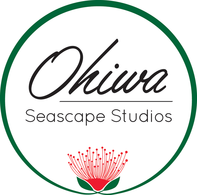



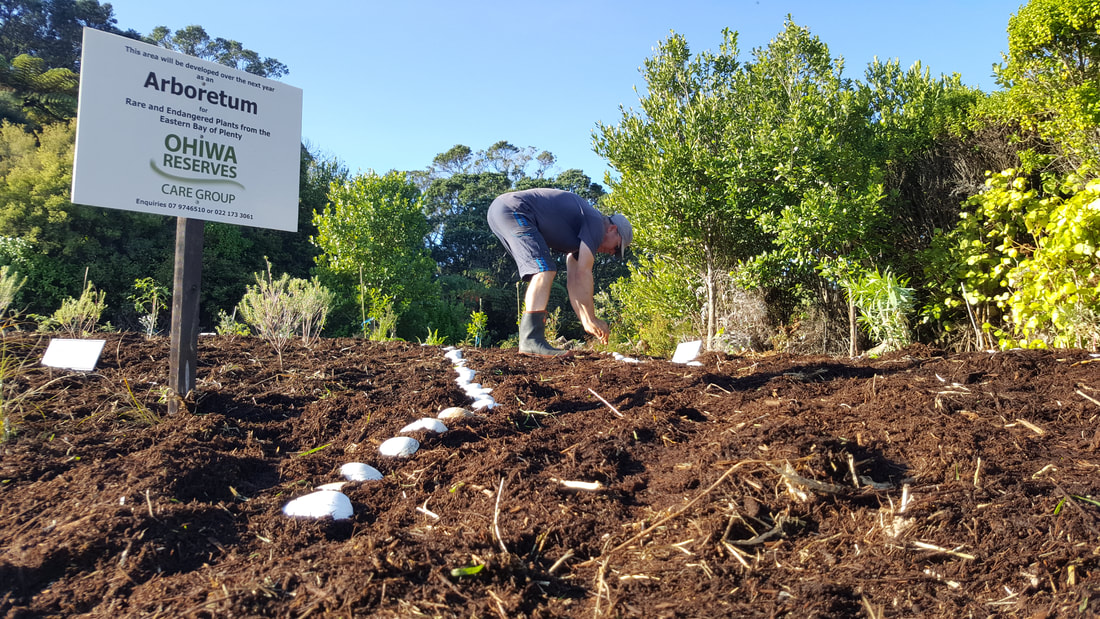


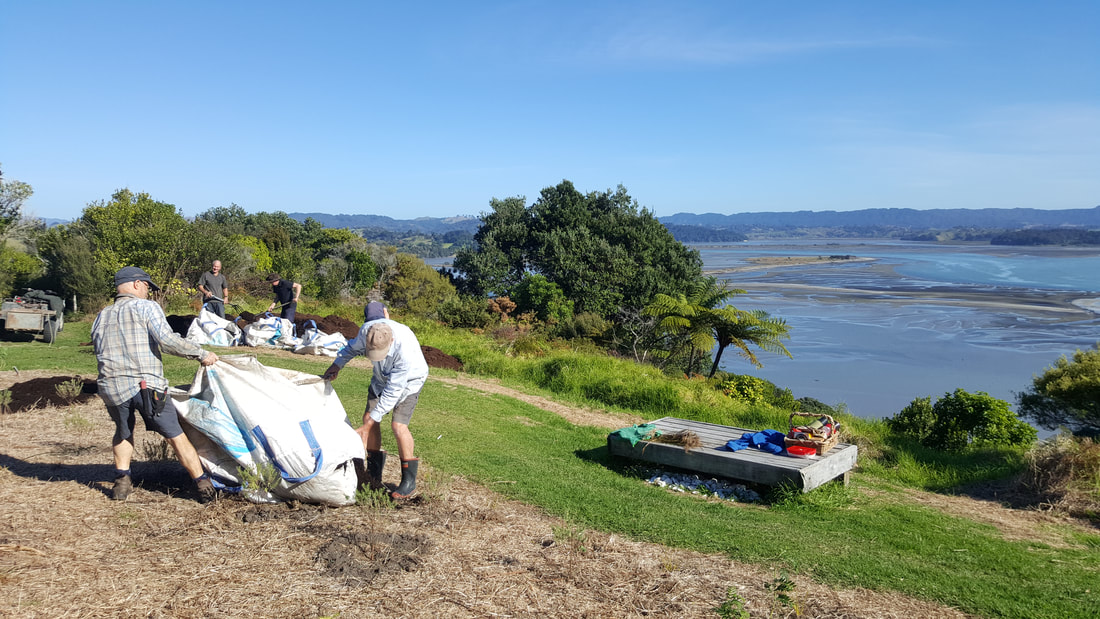





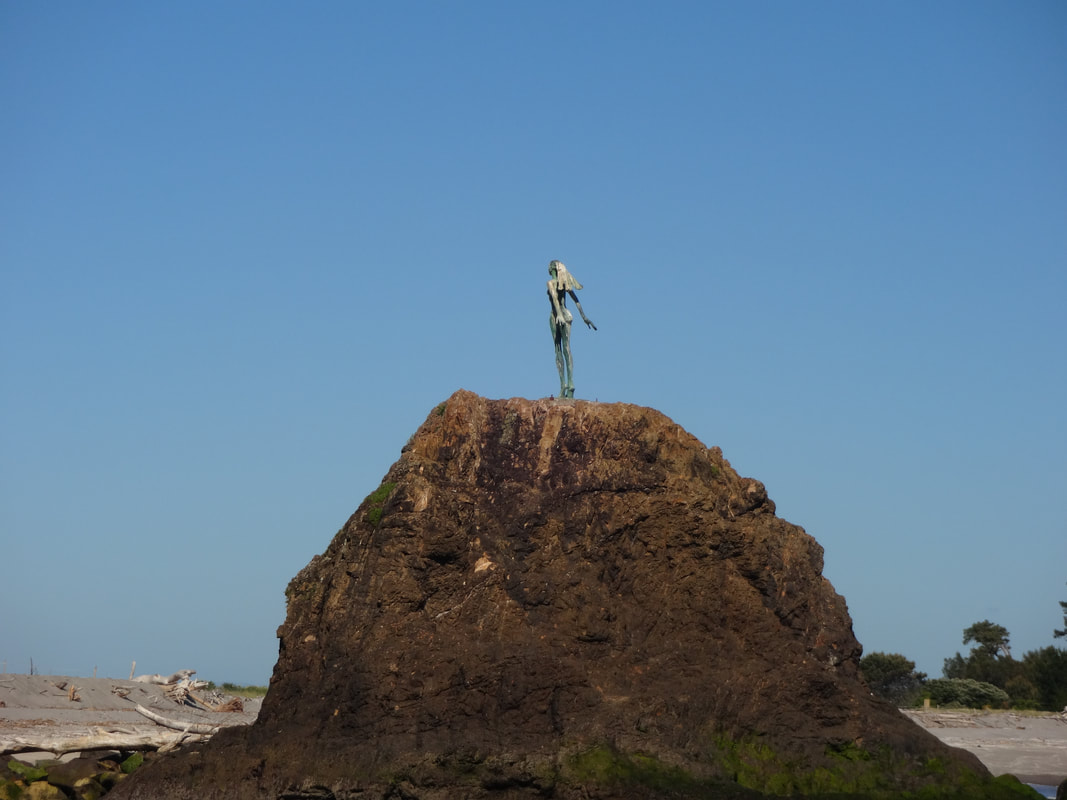



 RSS Feed
RSS Feed
